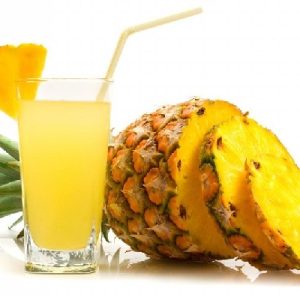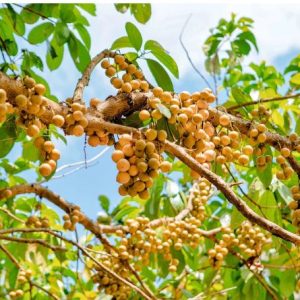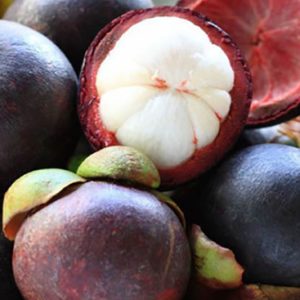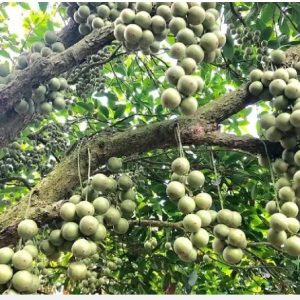The taste of “Phyllanthus acidus” is crispy and very sour, so it is often consumed as jam in Vietnam. When cooked at high temperatures, “Phyllanthus acidus” fruit will turn red.


Phyllanthus acidus is a small, shrub-like, woody tree, reaching a height of 2 m to 9 m. The canopy is dense, the trunk has many hard and thick main branches. The branches are rough because of the scars of old petioles. At the end of each main branch there are many small green branches, 15 cm to 30 cm long, growing in dense clusters.
“Phyllanthus acidus” are pale yellow or white, waxy, crisp and juicy, and very sour.
The flowers can be male, female or hermaphrodite. They are small and pinkish and appear in clusters in 5-to-12.5-cm long panicles. Flowers are formed at leafless parts of the main branches, at the upper part of the tree. The fruits are numerous, oblate, with 6 to 8 ribs, and densely clustered. 4 to 6 seeds are contained in a stone at the center of each fruit.
“Phyllanthus acidus” can be cultivated in a variety of ways—budding, cutting and air-layering—in addition to the usual seed growth. The tree is cultivated for its ornamental value, but also for food and medicinal purposes.
Various parts of the plant are used for food. The cooked leaves are eaten. While the fruit is eaten fresh, and is sometimes used as flavoring for other dishes, it is generally regarded as too tart to eat by itself in its natural form and is processed further.
It is candied in sugar or pickled in salt, used in chutney, relish or preserves. It is used to make vinegar as well as eaten raw, soaked in salt or vinegar-salt solution and sold along the roadside. It is candied as well, usually stored in jars with syrup.

















Đánh giá
Chưa có đánh giá nào.